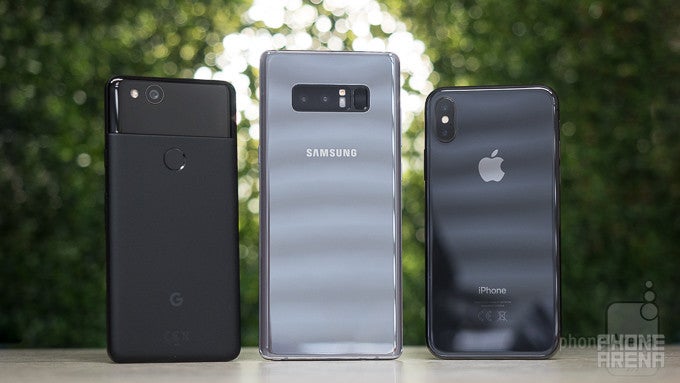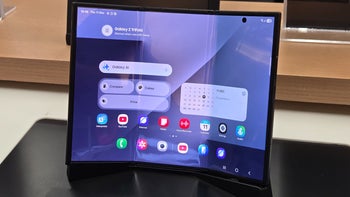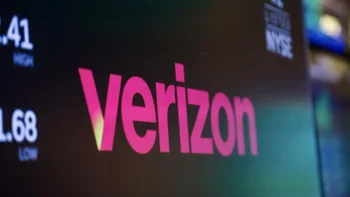Google Pixel 2 vs iPhone X, Galaxy Note 8 portrait camera comparison: is one camera really enough?
You can now read:
- iPhone X vs Pixel 2 XL vs Note 8 Camera Comparison
- Galaxy S9 vs iPhone X vs LG V30 vs Galaxy S8 Camera Comparison
- Xperia XZ2 vs iPhone X vs Galaxy Note 8 vs Xperia XZ1 Camera Comparison
- Galaxy S9+ vs iPhone X vs Pixel 2 XL vs Note 8 Camera Comparison
- Huawei P20 Pro vs iPhone X vs Galaxy S9+ vs Pixel 2 XL Camera Comparison
- OnePlus 6 vs Galaxy S9+ vs Pixel 2 XL low light Camera Comparison

The Google Pixel 2 is one of the many phones that have such a Portrait Mode. What's interesting, however, is that it needs only a single camera to produce the effect. Most other phones, including the iPhone X and the Galaxy Note 8, require two cameras to define subject and background – a crucial step in determining where blur needs to be applied. Meanwhile, the Pixel 2's Portrait mode relies on artificial intelligence to do the same, as well as on the sensor's dual pixel properties. You can read more about how Portrait Mode on the Pixel 2 works in our article dedicated to the subject.
So, can the Google Pixel 2 produce Portrait photos at the level of the iPhone X and the Galaxy Note 8 with half the cameras? Let's explore and find out.
Scene 1
One of the factors that separate good portraits from not-so-good portraits (portraits with simulated bokeh, that is) is how well the subject is separated from the background. In this particular case we see the Pixel 2 handling my messy hair really well, but on the other hand, edges around my shoulders and arms haven't been detected as accurately.
Overall, and if we don't take things like color fidelity into account, all three portraits look fine unless examined under a magnifying glass. Only then you can really see imperfections: the Note 8's poor edge detection around the hair, or the Pixel 2's inability to detect the border where my muscular arm ends and the background begins.
Scene 2
When it comes to Portrait Mode photos, one thing that any phone seems to struggle with is curly or wavy hair. We'd say the Pixel 2 is no exception, seeing how it blurred out that disobedient strand of hair up there. Meanwhile, the iPhone X and the Note 8 had a bit of a hard time with the jacket's fuzzy collar. And it looks like the point we made above is still valid: these portraits look fine as long as you don't zoom in.
Scene 3
Now it gets interesting. In this scene the pixel failed to apply its Portrait magic, presumably because it couldn't detect a human face in the frame. However, the iPhone X and the Galaxy Note 8, relying on their dual cameras, managed to blur out the background pretty well. Admittedly, this is an unusual situation to take a portrait in, but it does demonstrate how the Pixel 2's Portrait Mode may be unable to handle trickier or more artsy scenes.
Scene 4
In this next scene, all three portraits look fine at a glance, but a few seconds later you realize that something with the Pixel's shot isn't quite right. Apparently, the Portrait algorithm missed the area inside my arm, leaving it untouched when it should have been blurred. The iPhone X and the Galaxy Note 8 didn't have any problems blurring everything properly.
Scene 5
Later that day, we repeated the situation, but in a different location and under poorer lighting. Once again, the Pixel 2 missed the very same area, but surprisingly, so did the Galaxy Note 8. Only the iPhone X blurred out the background properly.
Scene 6
What happens when you have more than one face in the frame? Would any of the phones fail to pull off a Portrait shot? Not really. Here's a situation where all three deliver great results, with pleasing bokeh and sharp, in-focus subjects.
Scene 7
And here's another set of shots that we like quite a lot. This time around, the Google Pixel 2 did a pretty good job separating our subject from the background, despite the challenging hair conditions in the way. On the other hand, the effect isn't applied as strongly as with the other phones. The iPhone X and the Note 8 were rather aggressive with their edge detection, at least in this particular case, but produced a more convincing bokeh.
Scene 8
And before we wrap things up, here's another low-light indoor scene. Unfortunately, the Pixel 2 couldn't quite produce a perfect portrait here – a part of the background in the lower right corner has no blur applied to it. On the other hand, the iPhone X and the Galaxy Note 8 blurred out the background accurately.
Conclusion
We'll be brief: the Pixel 2 isn't as good as the iPhone X or the Galaxy Note 8 when it comes to taking Portrait Mode shots. Admittedly, Google's phone produces great results in most cases, but it is still a step behind the heavyweights from Apple and Samsung.
On the other hand, it is truly impressive how the Pixel 2 manages to deliver results that are nearly as good using one camera only instead of two. The way we see things, it is only a matter of time until Google's Portrait Mode algorithms match the performance of dual-camera rivals.
But even now, most portrait photos from any of these three phones would look fine unless you zoom in. And if you really, really want perfect bokeh every time, a proper camera is still the way to go.
Full-resolution versions of the images used in this comparison go below:
You can now read:
- iPhone X vs Pixel 2 XL vs Note 8 Camera Comparison
- Galaxy S9 vs iPhone X vs LG V30 vs Galaxy S8 Camera Comparison
- Xperia XZ2 vs iPhone X vs Galaxy Note 8 vs Xperia XZ1 Camera Comparison
- Galaxy S9+ vs iPhone X vs Pixel 2 XL vs Note 8 Camera Comparison
- Huawei P20 Pro vs iPhone X vs Galaxy S9+ vs Pixel 2 XL Camera Comparison
- OnePlus 6 vs Galaxy S9+ vs Pixel 2 XL low light Camera Comparison
Follow us on Google News











Things that are NOT allowed:
To help keep our community safe and free from spam, we apply temporary limits to newly created accounts: